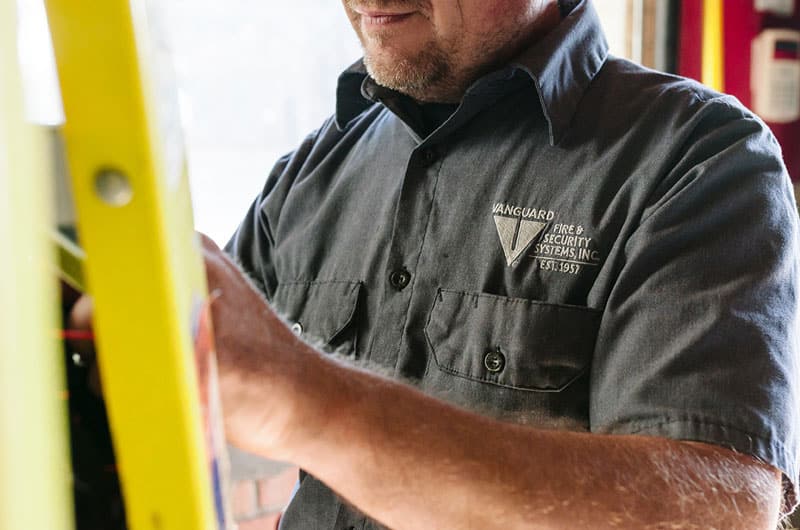If it’s been a while since you’ve checked in with your internal sprinkler system, you might have an inspection coming up. Here’s what you need to know about your 5 year internal sprinkler inspection: what it’s for, what to expect, and how to prepare.
What Is a 5 Year Internal Sprinkler Inspection?
Your internal sprinkler system must be inspected at regular intervals to ensure it has received the necessary maintenance and will function properly if needed.
Your sprinkler system pipes and hardware can develop obstructions caused by MIC (microbiology influences corrosion), rust, slime, or other materials, which could minimize or block the flow of life-saving water, causing the entire system to fail when you need it most.
To keep you, your property, and your customers and employees safe, you must conduct a thorough inspection of your internal sprinkler system a minimum of every five years. And it’s not just for your peace of mind — the 5 year internal sprinkler inspection is also mandated by the NFPA.
What to Expect for a Sprinkler Inspection
According to NFPA 25, the year 5 internal sprinkler inspection tests the flow of water at four points of the system: system valve, riser, cross main, and branch line. The inspection should also address other areas of the system that could cause concern, including valves, gauges, sprinkler heads, water storage, and the FDC.
Tasks:
- Gauges must be replaced or tested compared to a calibrated gauge.
- Fire sprinkler heads must be inspected and changed where needed.
- The water storage tank should be examined by a licensed industrial diver or distant video if not by the inspector. Your inspector will check for signs of pitting or corrosion, including the tank coating, pin holes, cracks and overall wall thickness.
- All valves, especially stress lowering, stress aid, and fire hose valves should be examined for corrosion or obstruction, adequate pressurization levels, and functioning clappers and seats.
- Internal piping will be investigated for obstruction if foreign materials are detected.
- The FDC (Fire Department Connection) should also be inspected to ensure that, in case of an emergency, the fire department can hook into the FDC and it is free of obstructive material that may not allow water to pass.
If the presence of organic or inorganic matter is found within the system, a deeper, more comprehensive obstruction investigation must follow. Requirements to conduct the investigation are provided by NFPA 25.
How to Prepare for Your Sprinkler Inspection
To prepare for the 5 year internal sprinkler inspection and maintain the safety of your facility and its occupants, you’ll need to perform regular maintenance of your internal sprinkler system, replacing and inspecting parts as necessary.
A specialized technician can help you evaluate your current system, update old or obstructed parts, and make sure your internal sprinklers perform at optimal efficiency, so you can trust you’ll be protected in the event of a fire emergency.
Time for your 5 year internal sprinkler inspection? Schedule yours with Vanguard Fire & Security.


